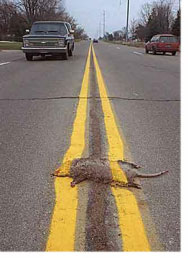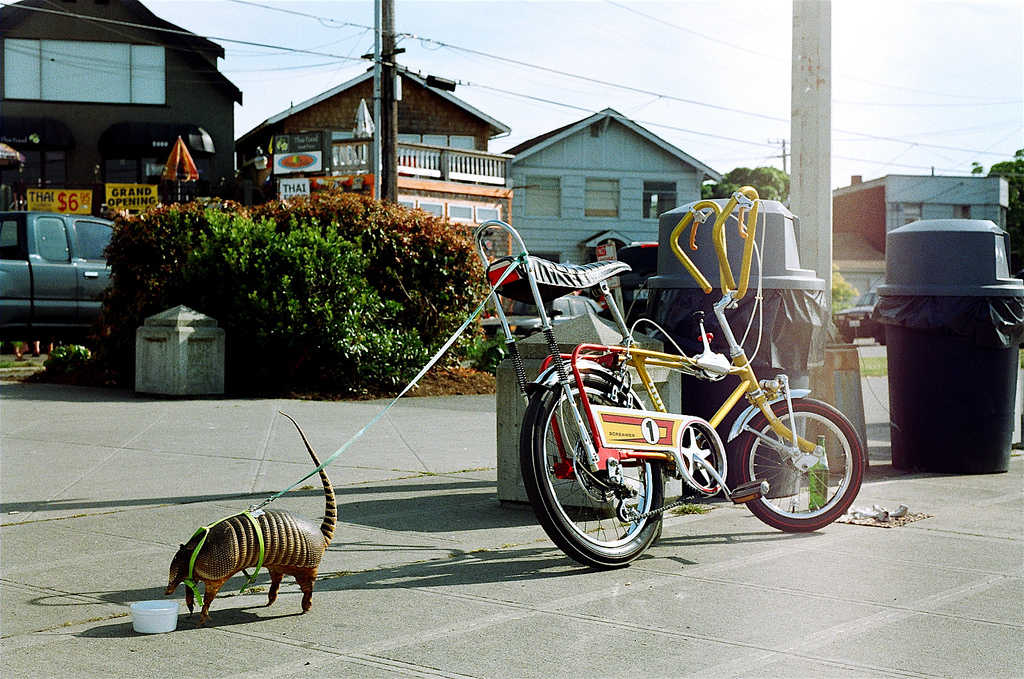 Red
Hat went public, with a record
valuation, and VA Linux followed with a bigger one. Both were
cases-in-point of the dot-com boom, a
speculative bubble inflated by huge expectations of what the Internet
would mean for business.
Red
Hat went public, with a record
valuation, and VA Linux followed with a bigger one. Both were
cases-in-point of the dot-com boom, a
speculative bubble inflated by huge expectations of what the Internet
would mean for business.Fifteen years after giving the world a pile of hopefully helpful memes, Cluetrain rides again.
1999 was a crazy year for business on the Internet, and for Linux.
It was when  Red
Hat went public, with a record
valuation, and VA Linux followed with a bigger one. Both were
cases-in-point of the dot-com boom, a
speculative bubble inflated by huge expectations of what the Internet
would mean for business.
Red
Hat went public, with a record
valuation, and VA Linux followed with a bigger one. Both were
cases-in-point of the dot-com boom, a
speculative bubble inflated by huge expectations of what the Internet
would mean for business.
We addressed Cluetrain to "People of Earth," built it around 95 theses (because that worked for Martin Luther) and called it a "manifesto" (because that worked for Karl Marx). The "Cluetrain" name came from an old Silicon Valley put-down: "The clue train stopped there four times a day and they never took delivery."
It was a hit. Volunteers translated it into thirteen languages. The Wall Street Journal covered it on the front page of their Marketplace section. Book offers came in. We accepted one and wrote the book version of The Cluetrain Manifesto that summer. It came out in January 2000 and was a business bestseller, even though it could also be read for free online at the Cluetrain website. It went on to be published in nine languages, and still sells at a nice clip, fifteen years later. Same goes for a 10th anniversary edition that came out in 2010.
Today the word cluetrain, which didn't exist before 1999, appears in thousands of books and is tweeted many times per day. One-liners from its list of theses — "Markets are conversations", "Hyperlinks subvert hierarchy" — are quoted endlessly. Not bad for an project that had no promotion, no budget, no conferences, no bumper stickers, no t-shirts and no interest in becoming a business or an institution. It was just a bunch of ideas people could put to use.
The biggest irony of Cluetrain's success is that most books that
cite it are marketing books, and most tweets about it seem to
be by marketing people. Is marketing better because of it? To some
degree, I suppose. But I don't care. Nor do I care that Cluetrain is often
credited
with having something to do with social media. What I care about is
that Cluetrain hasn't yet succeeded at its main mission: to make clear
that the Internet is something more than the pipes we get it from, the
"content" we find there, and the companies and governments that would
have us think they run the thing.
We wanted to make New Clues, and every piece of it, as useful, mixable and rexmixable as possible. So:
Our only common design element between Cluetrain and New Clues is an armadillo. On Cluetrain's index page is the image above, of a flattened armadillo in the middle of a road, painted over with yellow divider lines. The provenance of the photo is unknown to us. Chris Locke found it somewhere and nobody has ever stepped forward to claim it. The one for New Clues is this:

It was posted
by e. res on Flickr and made useful by a Creative Commons
Attribution 2.0 Generic (CC BY 2.0) license. (The shot was taken at
Alki Beach in Seattle, the town where Linux
Journal was born.) For New Clues we cropped the shot and made it
black and white. For his listicle
version, Dave Winer kept the color
but darkened it.
Among
the few criticisms of New Clues is that it's "not so disruptive" as
Cluetrain was. For the last few years Silicon Valley has been so gaga
over disruption that it even has a conference named
after it. The term comes from Clayton Christensen's
work on disruptive
innovation, which is defined as "a process by which a product or
service takes root initially in simple applications at the bottom of a
market and then relentlessly moves up market, eventually displacing
established competitors." This can apply to ideas as well as
technologies. Cases in point: free software and open source. Both of
which, of course, informed Cluetrain and New Clues.
Now the question is, Will it work?
Or will it be, like so much else that gets published on the Web, snow
on the water? Can't say, so soon after it's published. But the two
publishing dates, a decade and a half apart, came at very different
times on the Web, and we did our best to leverage both.
In 1999, the Web was a collection of almost physical places. You put up or built Web sites on domains with locations that people visited and browsed. Search engines might take
days or weeks to index a page. But then, after blogs came along, with
syndication through RSS, what my son Allen in 2003 described as "the
Live Web" began to emerge. Technorati and other search engines for live
stuff appeared. My October 2005 column in Linux Journal was titled The World Live Web.
In it I said the Live Web was "about time and people, rather than sites
and content." This was a year before Twitter and Facebook took off, and
search engines' time-to-index was reduced nearly to zero. Sites today
are geysers of content, and the Live Web is a giant
short-attention-span theater. What shows there is hyper-social and
temporary in the extreme, made more for sharing than for saving.
This is why New Clues is a collection of stuff for sharing,
presented atop an old chunk of bedrock, which is what Cluetrain has
become. If we had only put it on Medium, or on Facebook, it would have
come and gone in a week. As buzz, that's pretty much what it did. But
as durable food for re-thinking what the Net is, and how we might lose
it, maybe it will lasting effects. Sure hope so.